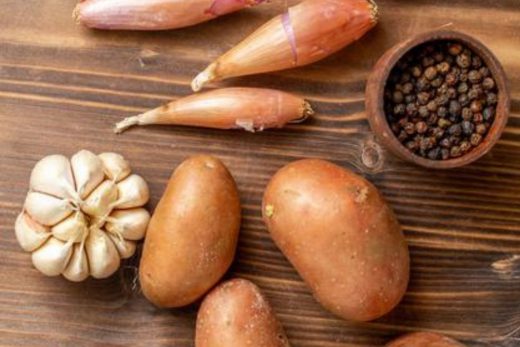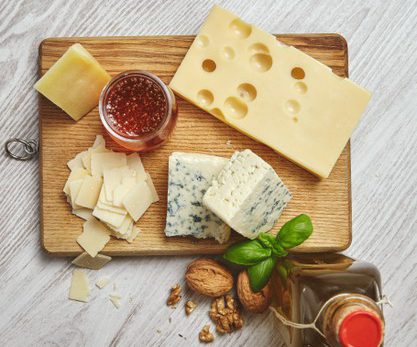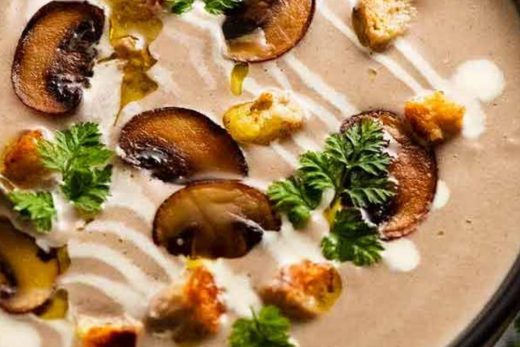Making a Strong and Active Starter and Levain
Up front, we need to make the distinction between a starter and a levain, since they’re similar enough to cause confusion. In short, a starter is the home base of your microbial culture that you maintain indefinitely, whereas the levain is starter that is destined to be mixed into a bread dough (where it will leaven bread and then perish in the heat of the oven). Think of it this way: A starter is like your savings account, a precious microbial resource that you foster and care for daily—you may not need it right away, but you always want to maintain a balance for a day when you do (i.e., a day when you decide to make bread). When you want to bake bread, you borrow some of that culture and move it to your checking account: The levain, which, when mature, will be ready to raise bread.
Some bakers build their levain with their starter and then reserve a portion of that levain to continue the starter culture (this would be like transferring the entire balance of your savings account into your checking account to cover any needed expenses, then transferring the unused portion back to your savings account after). Others are more judicious and like to keep a separate starter constantly running even when a levain is being built (this would be like transferring only as much money as you know you’ll need into checking while keeping the rest of your funds in your savings account). While the difference between a starter and a levain may be slight, it’s still a useful concept toward understanding the overall baking process.





